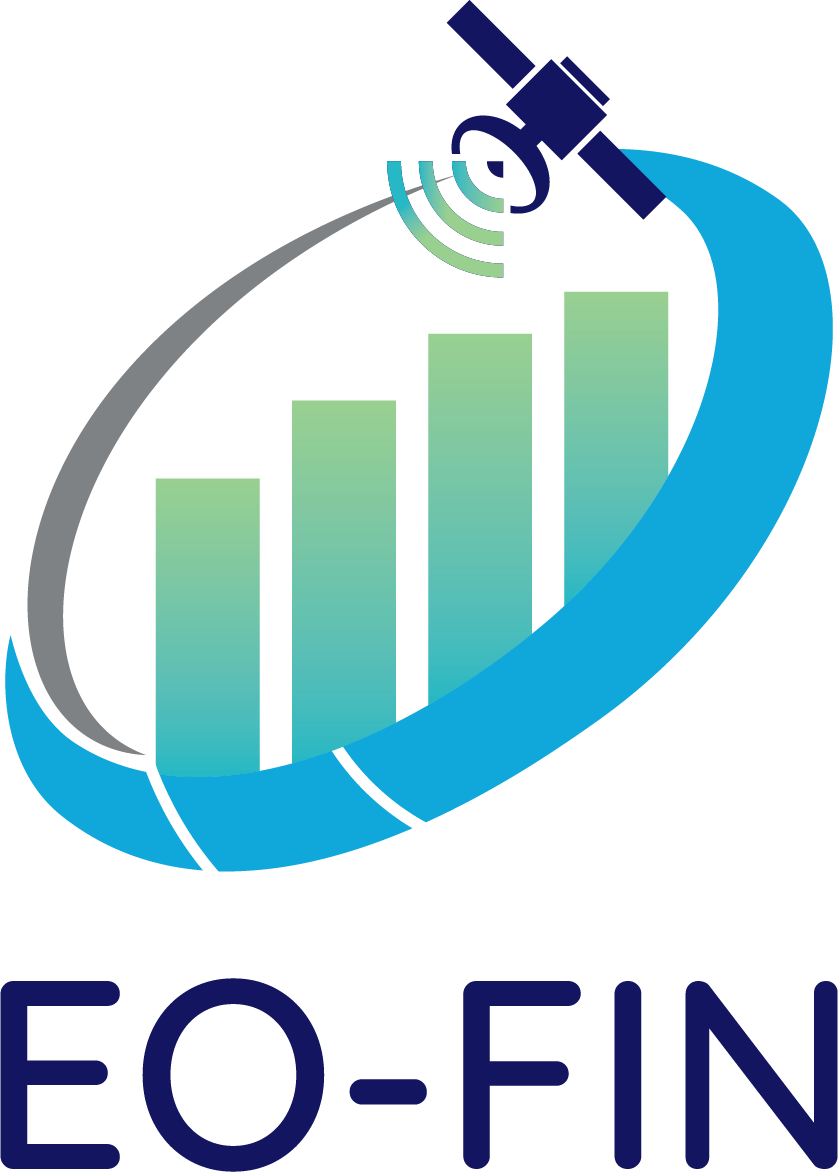GHG Emissions Monitoring | ||||||||
Global yearly average of TROPOMI/WFMD XCH4 for 2018 (Source: Schneising, O., Buchwitz, M., Reuter, M., Bovensmann, H., Burrows, J.P., Borsdorff, T., Deutscher, N.M., Feist, D.G., Griffith, D.W., Hase, F. and Hermans, C., 2019. A scientific algorithm to simultaneously retrieve carbon monoxide and methane from TROPOMI onboard Sentinel-5 Precursor. Atmospheric Measurement Techniques, 12(12), pp.6771-6802.). | ||||||||
Product Category | ||||||||
|
| |||||||
Financial Domains | ||||||||
| ||||||||
User requirements | ||||||||
UN15: Need to monitor carbon intensity of portfolio assets. UN26: Need to monitor GHG emissions of projects funded. | ||||||||
Description | ||||||||
Accurate and continuous monitoring of Green House Gases (GHG) such as Co2, No2, and CH4 is crucial for making informed decisions about green finance investments. It enables financial institutions to assess the environmental impact of projects, identify emission reduction opportunities, and prioritize funding for sustainable initiatives. Following the approval of loans and/or investments for projects supporting environmentally friendly activities, it is crucial to monitor these projects to ensure that the funds are effectively utilized to achieve their environmental objectives. EO data offers valuable oversight for specific types of projects. There are several validated and mature EO products (most of them use SWIR and TIR bands) that provide comprehensive monitoring of GHG emissions with global coverage and appropriate spatial and temporal resolutions. In this document, we will focus on products used to monitor three important GHGs which are Co2, No2, and CH4. | ||||||||
Spatial Coverage Target | ||||||||
Asset and Project level | ||||||||
Data Throughput | ||||||||
Rapid tasking Data availability |
|
| ||||||
PRODUCT SPECIFICATIONS | ||||||||
Main processing steps | Data for GHG emissions can be easily accessed through many satellite-based products. These data can be used directly or with simple preprocessing. | |||||||
Input data sources | Satellite-based products (Optical): GHG. Sentinel-5P (TROPOMI): Co2, No2, and CH4 Metop-A/B/C (IASI): Co2, No2, and CH4 GEOSAT-2: Co2 and CH4 OCO-2: Co2 OCO-3: Co2 | |||||||
Accessibility | Sentinel-5P (TROPOMI): freely and publicly available from European Commission, ESA, Netherlands Space Office (NSO). Metop-A/B/C (IASI): freely and publicly available from EUMETSAT GEOSAT-2: freely and publicly available from JAXA, MOE Japan, National Institute for Environmental Studies of Japan (NIES). OCO-2: freely and publicly available from NASA. OCO-3: freely and publicly available from NASA. | |||||||
Spatial resolution | Sentinel-5P (TROPOMI): 7 km x 3.5 km Metop-A/B/C (IASI): 100 km GEOSAT-2: 460 m OCO-2: 2.25 km x 1.29 km OCO-3: 2.25 km x 0.7 km | |||||||
Frequency (Temporal resolution) | Sentinel-5P (TROPOMI): Daily Metop-A/B/C (IASI): Daily GEOSAT-2: 2 days OCO-2: 16 days OCO-3: 1-3 days | |||||||
Latency | N.A | |||||||
Geographical scale coverage | Globally | |||||||
Delivery/ output format | Data type: Raster File format: GeoTIFF, NetCDF, HDF | |||||||
Accuracies | Thematic accuracy: 80-90% Spatial accuracy: 1.5-2 pixels of input data | |||||||
Constraints and limitations |
| |||||||
User's level of knowledge and skills to extract information and perform further analysis on the EO products. | Skills: Essential Knowledge: Essential | |||||||
P26: GHG emissions monitoring | |
Maturity score | |
Mean: 2.3 | STD: 0.78 |
Constraints and limitations · Cloud presence · Distinguishing between anthropogenic (human-caused) GHG emissions and natural sources (e.g., wetlands, volcanic activity) can be complex | |
Relevant user needs UN15: Need to monitor the carbon intensity of portfolio assets. UN26: Need to monitor GHG emissions of projects funded. | |
R&D gaps · Satellite sensors may have limitations in spatial resolution, making it challenging to capture emissions from small sources or accurately distinguish between localized emissions and background levels. · Vertical sensitivity as satellite measurements generally provides information on total column concentrations of GHGs. While this is useful for many applications, it may not provide a complete understanding of vertical distributions, which are essential for certain scientific studies and policy decisions. · Current missions are not capable of monitoring emission points. · The monitoring system in place does not answer the possibility of assessing the GHG emitted or C intensity of the funded projects. | |
Potential improvements drivers · Complementary use of commercial datasets to derive GHG emissions. · New missions are required to capture GHG emissions at a project level. · Improved monitoring capabilities for reliable observations over emission points at high spatial resolution · Longer archive | |
Utilisation level review | |
Utilisation score | |
Mean: 2.33 | STD: 0.94 |
No utilisation · Users’ lack of EO knowledge and skills to utilize the EO product. Low utilisation · Unawareness of the existence of commercial EO products with better specifications · Higher cost of using the commercial EO product · Only aware of its use as a proxy of macro-economic indicators. There were trials of using it to track emissions of specific assets, but it was difficult to reconcile the results against the reference estimations. Medium utilisation · This EO product is still being refined so utilisation is not high yet. High utilisation | |
Critical gaps related to relevant user needs | |
R&D gap UN15: Need to monitor carbon intensity of portfolio assets. UN26: Need to monitor GHG emissions of projects funded. | |


This page has no comments.